The abbey of Casamari
2024
You may also like
2024
Tyrrhenian sea, Lazio, Italy. Spectacular sunset

2017
Marina di Minturno (LT) - Sunset
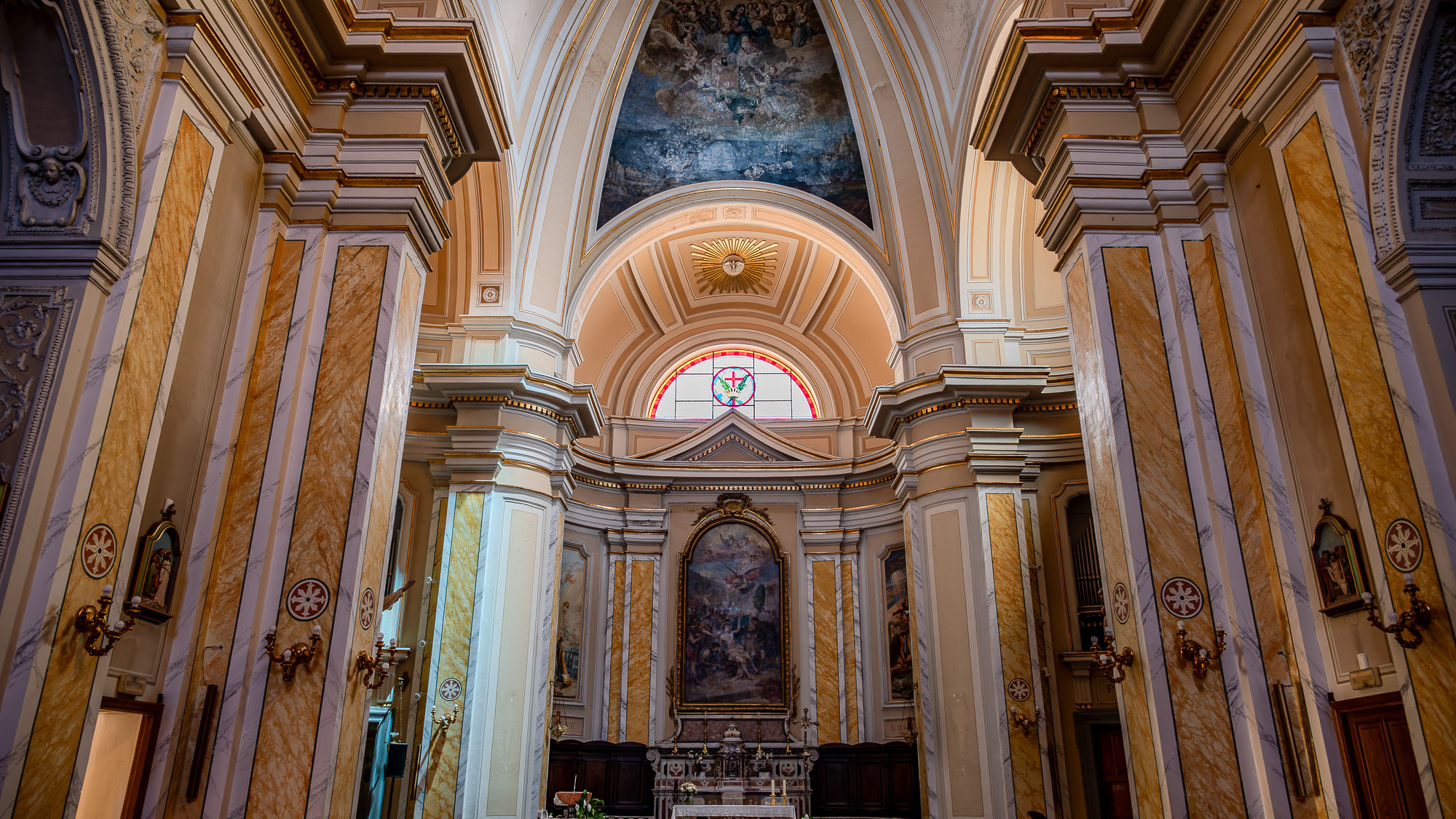
2025
Isola del Liri. Church of San Lorenzo Martire
The Church of San Lorenzo Martire is the city's main church, located in the historic center on Piazza San Lorenzo. It is Isola del Liri's most important monument.
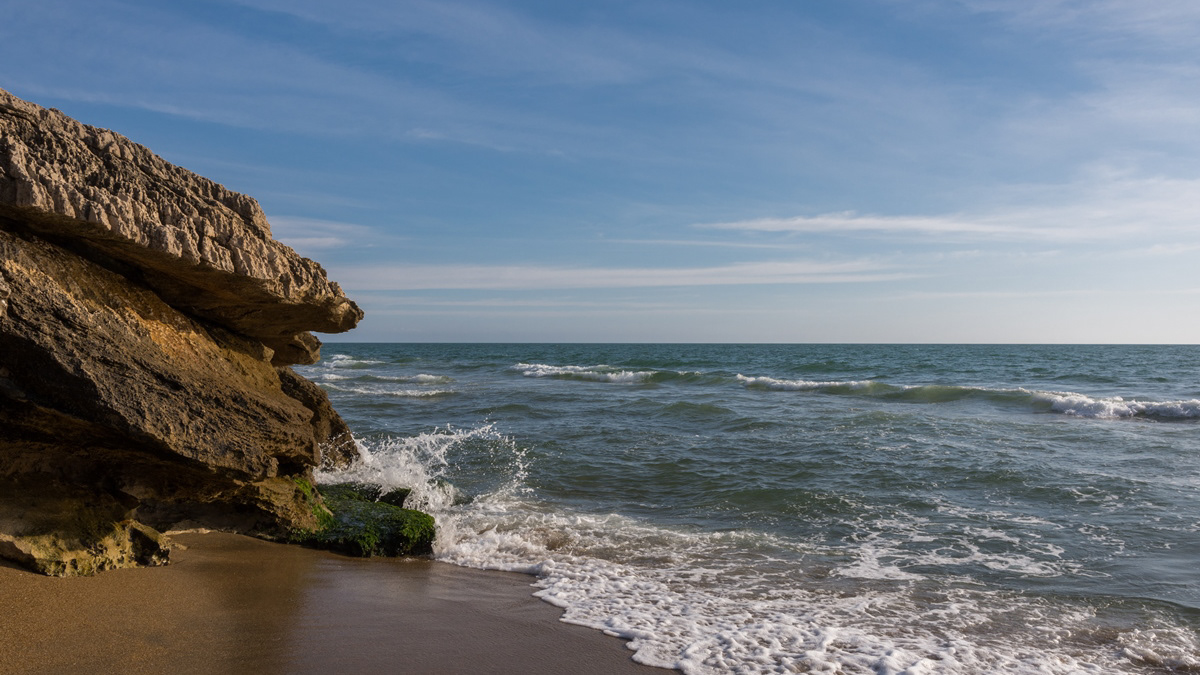
2017
Marina di Minturno (LT) - Parte II
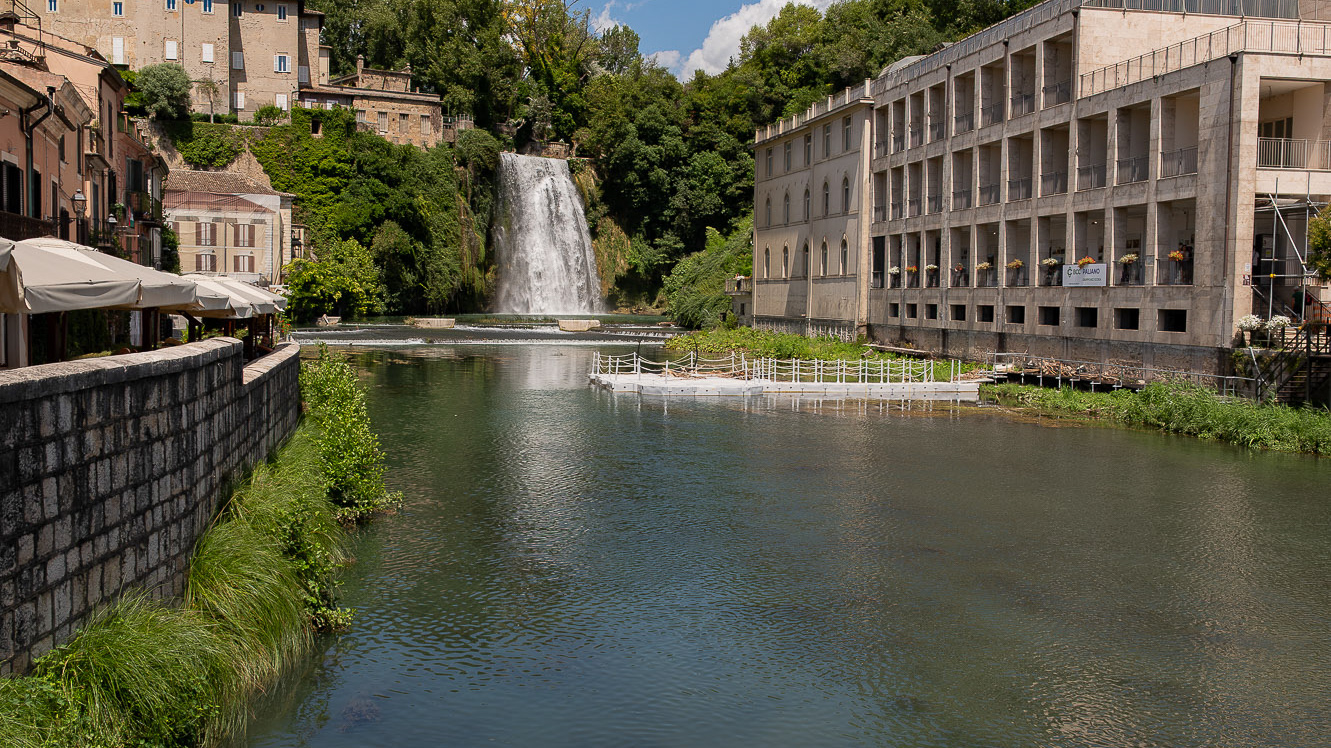
2025
Isola del Liri. The waterfall in the historic center

2025
Priverno. Co-Cathedral of Santa Maria Annunziata
The diocese of Priverno has very ancient origins (figures of martyrs from the early centuries and the recent discovery of the remains of the ancient Paleochristian Cathedral in the archaeological site of Privernum, a Roman city). But the first certain evidence (documents and acts of jurisdiction) date back to the second half of the 8th century, when the signature of Bishop Boniface of Priverno also appears among the signatories of the acts of the Lateran Council called by Pope Stephen III. The diocesan cathedral, also very remote, was destroyed by a fire in 1159, later rebuilt and consecrated by Pope Lucius III in 1183. The building was renovated with various attempts starting from the seventeenth century until reaching the current layout with the addition of the side chapels. The final restoration, which took place between 1776 and 1780, brought about some alterations in a Baroque style with a central-southern influence.

2025
Priverno. Cistercian Abbey of Fossanova.
Fossanova Abbey is located in the municipality of Priverno, 5 km south of the city center, in the province of Latina. The surrounding area has the appearance of a vicus and takes its name from a sewer that in the early days of the small village (now a hamlet of Priverno) was called Fossa Nova. Declared a "national monument" in 1874, Fossanova Abbey is the oldest example of Cistercian art in Italy and, together with Casamari Abbey, one of its highest expressions. The complex was born at the end of the 12th century from the transformation of a pre-existing Benedictine monastery, perhaps dating back to the 6th century, of which a faint trace remains above the rose window of the church. The ancient monastery, built on the ruins of a Roman villa, was in fact ceded in 1134 by Pope Innocent II to some Burgundian monks, led by Saint Bernard of Clairvaux, who followed the rigid rule resulting from the Citeaux reform (1098) based on the original Benedictine orthodoxy.
The abbey complex known as a remake of the Benedictine one is made up of the cloister, the heart of the entire organism, the church of Santa Maria, the Chapter House with the monks' dormitories above, the refectory, the kitchen and the dormitories of the lay brothers. The pilgrims' house, the cemetery and the infirmary complete the complex.
Consecrated in 1208, it preserves the bare architecture, the magnificent rose window and lantern and the finely sculpted capitals, testifying to the pre-eminent role played in the area. The buildings of the monumental complex are fenced so as to appear like a village, further enriched by the remains of a Roman villa from the 1st century BC, visible right in front of the church.
In the 18th century the abbey was called Badia del For Appio.
In one of the abbey's rooms, the monks' products are sold, from food to wines and liqueurs. From 1935 to 2017, a community of Conventual Friars Minor (Franciscans) lived in the abbey. Since 2017, the care of the abbey and the parish has been entrusted to the fathers of the Institute of the Incarnate Word, with the help of the Sisters Servants of the Lord and the Virgin of Matará, by the same Religious Family.
2022
Gaeta.Sanctuary of the Split Mountain
The Sanctuary of the SS. Trinità was built in the 11th century by Benedictine monks on a slope of Monte d'Orlando but the current configuration of the complex dates back to the end of the 17th century and incorporates elements of the Neapolitan and Spanish baroque. Numerous popes, sovereign bishops and saints prayed in this sanctuary including Pope Pius IX, Bernardino of Siena, Ignazio di Loyola, Leonardo da Porto Maurizio, San Paolo della Croce, Gaspare del Bufalo and San Filippo Neri. Legend has it that San Filippo Neri lived inside the Montagna Spaccata, finding refuge on a stone bed now known as the "bed of San Filippo Neri". Along the walls of the rock, it is possible to admire majolica panels depicting the Via Crucis, dating back to 1849 and attributed to S. Bernardino da Siena, containing the verses of Metastasio. In 1434 from the top of the two rock ridges that gave rise to the name of "split mountain" a boulder came off and got stuck further down between the walls of the cleft. A small chapel dedicated to the Crucifix was built on it (14th century).
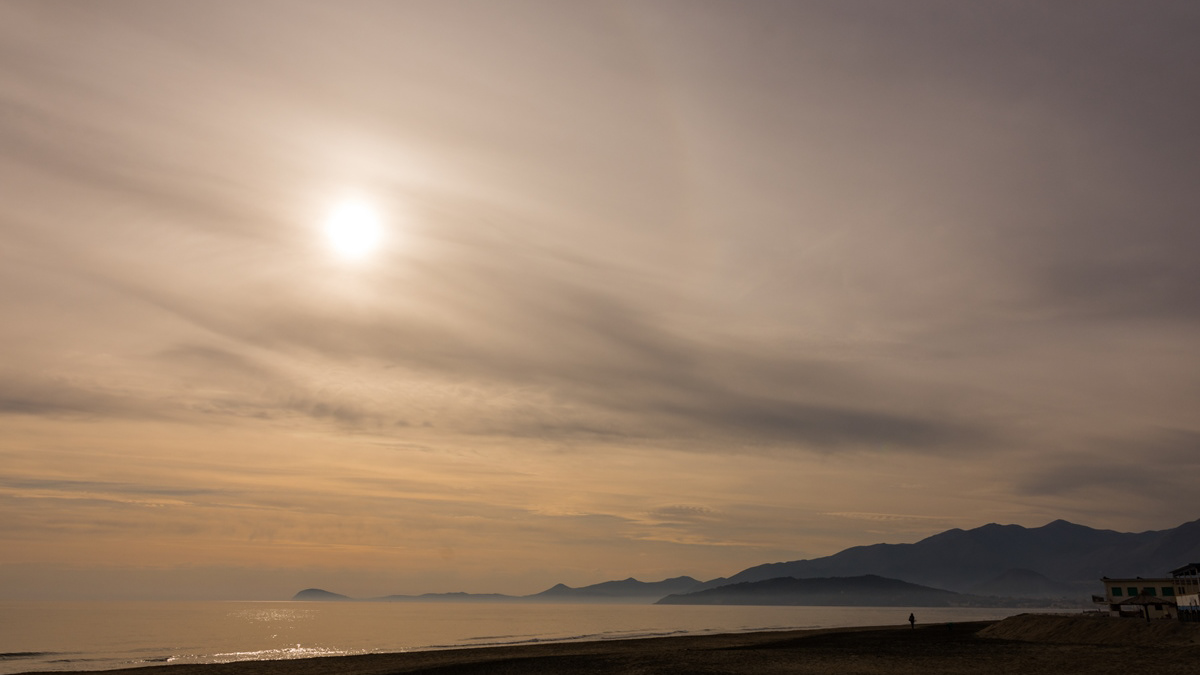
2017
Marina di Minturno (LT) - Parte III
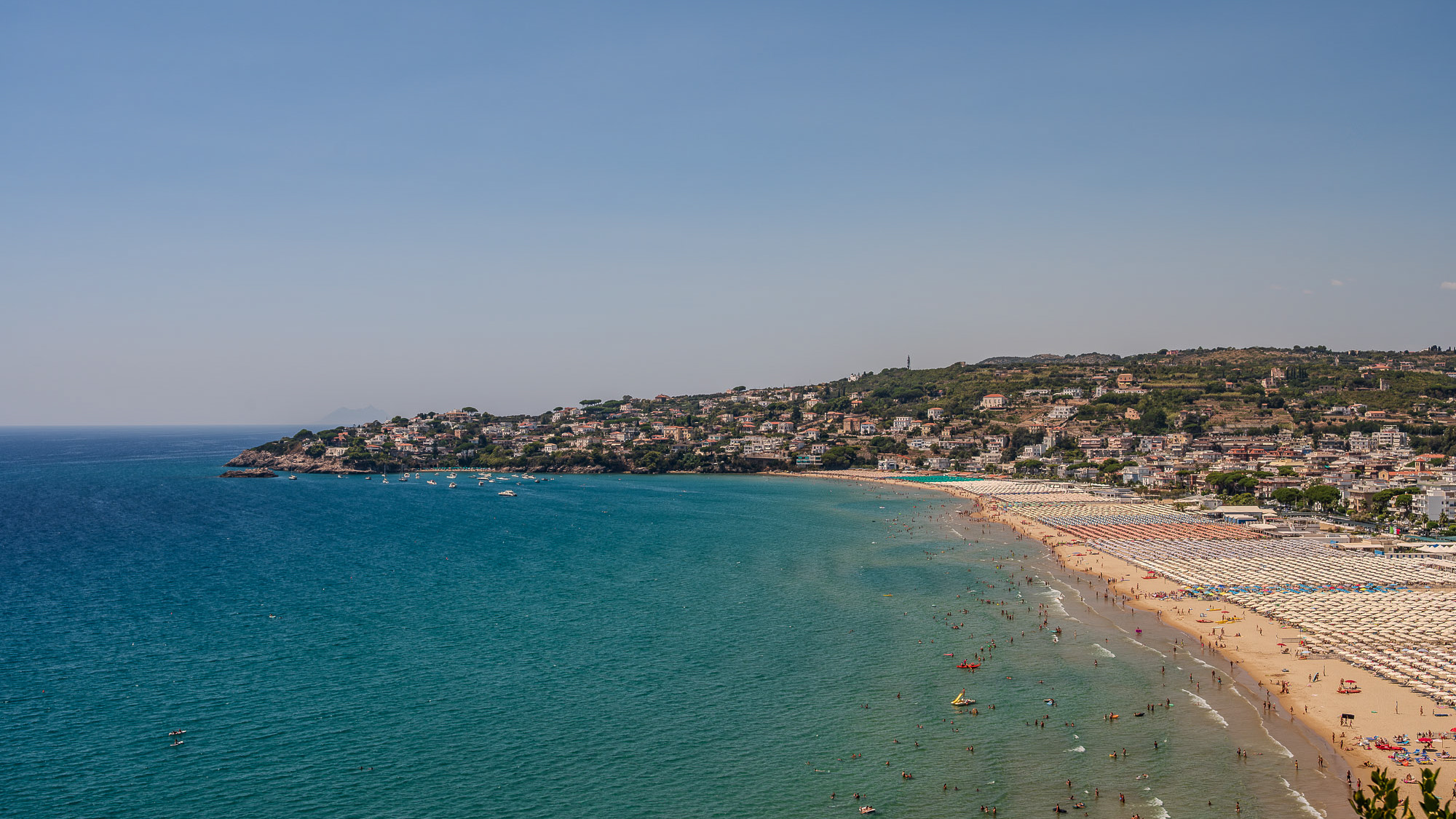
2025
Gaeta. Serapo beach.
